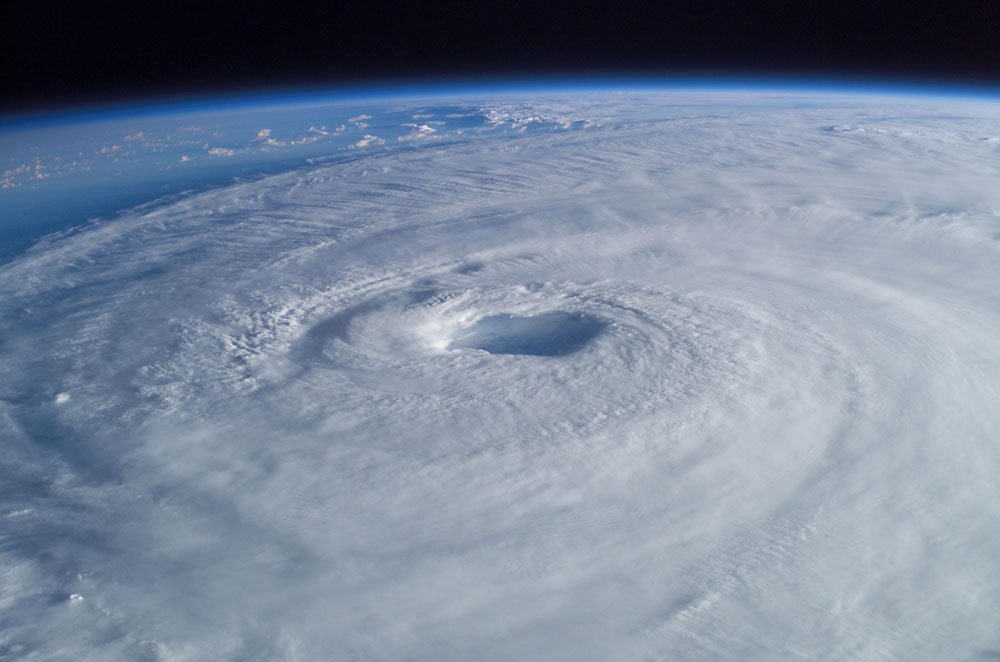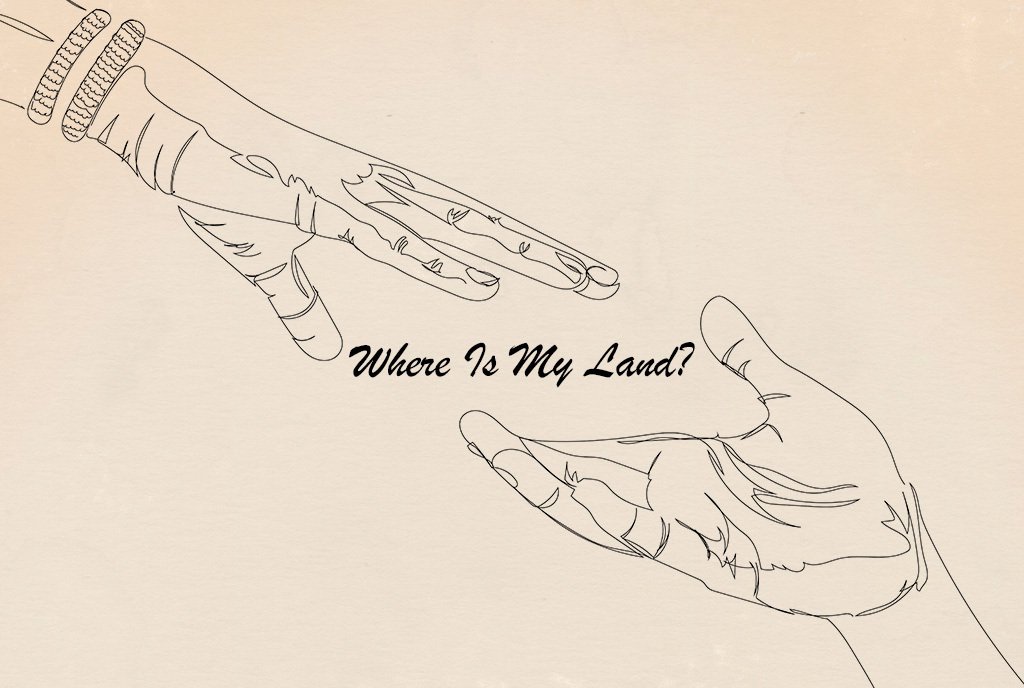
September 9, 2020; Jewish Insider
When COVID-19 entered the scene, we did not know how long it would linger nor how much harm it could do. Half a year later, with the end still not in sight, we know the pain it has caused has been deep and wide. The human costs of the pandemic are measured in daily infection rates, death counts, food-bank lines, eviction notices, and unemployment claims. Turning to the nonprofit sector, the pandemic’s impact has been six months of struggling to adapt, serve, and survive.
But so far, the scars left behind have not been as drastic as some feared. This picture emerges from a series of surveys NPQ has been following, and it’s supported by the Jewish Insider in its reportage on the more than 9,000 organizations that serve American Jewish communities from coast to coast. As with the community-based surveys, JI found an organizational infrastructure that endured the initial months of crisis but whose future is less certain outcome as emergency help for nonprofits wanes.
When the crisis first hit, the worry was that this broad network of diverse organizations, ranging from family service agencies to summer camps and private schools, would be devastated by the virus’ economic fallout. Writing in eJewish Philanthropy, Professor Steven Windmueller of Hebrew Union College-Jewish Institute of Religion, Los Angeles, saw the future as bleak. “The economic impact of the coronavirus pandemic will be devastating to the American Jewish communal system and of immediate concern to a significant number of Jewish families and seniors. The longer this crisis continues, the broader and more destructive the impact will be on our communal and religious enterprise!” Seven months later, the consequences have been less dire. From the perspective of Andrés Spokoiny, president and CEO of the Jewish Funders Network, “The catastrophic scenario we feared was averted. The entire camp system, human services, JCCs, schools, [were] at risk. It suffered a lot, but it didn’t collapse.”
But, as Spokoiny warns, “This should not make us complacent.” Reuben Rotman, chair and CEO of the Network of Jewish Human Service Agencies, which represents 140 agencies, sees new danger in the portents of 2021. “I don’t know where things will be,” he concedes. “There have been reductions in staffing and services. But right now, our agencies by and large are being kept whole.”
Corporations, foundations, and donor-advised funds (DAFs) recognized this crisis was of a different kind and scope and stepped forward, increasing and accelerating their giving as nonprofit organizations saw service needs increase and sources of revenue constrict. As noted in a recent Candid report, Grace Sato, director of research, said:
COVID-19-related efforts during the first six months of 2020 dwarfed grants awarded for other recent disasters. COVID-19 funding was more than 16 times funding for Hurricanes Harvey, Irma, Maria, and Dorian and the Australian bushfires—combined. The data confirms that philanthropy mobilized quickly and responded generously as the COVID-19 pandemic spread across the globe.
Sign up for our free newsletters
Subscribe to NPQ's newsletters to have our top stories delivered directly to your inbox.
By signing up, you agree to our privacy policy and terms of use, and to receive messages from NPQ and our partners.
Consultant Avrum Lapin told the Insider he saw the philanthropic response to COVID-19 as markedly different from the actions of the sector during the Great Recession of 2007–8. “If you dial back to the recession 12 years ago,” he notes, “philanthropy took a break. It went down in the short term. Between 2005 and 2010, philanthropy stayed flat. In this crisis, philanthropy has pretty much stood up. Not to say that organizations are not having a tough time. It has not only stayed current but looked at some systemic challenges and risen up to meet them.”
The finances of the network of Jewish communal organizations was specifically bolstered by targeted fundraising efforts that augmented pre-crisis funding levels. As described by Eric Fingerhut, Jewish Federations of North America’s president and CEO, “146 different emergency campaigns raised $175 million dollars above and beyond their regular annual campaigns.” He calls it “a moment of incredible generosity and response.”
Spokoiny tells the Insider that although the current rosy stock market may let foundations and DAFs keep up an accelerated pace, he’s concerned that smaller donors, which are tied more closely to the general state of the economy, may not be able to continue their traditional levels of support. His focus is on the survival of so-called “second layer” Jewish organizations, like Jewish federations, schools, and community centers.
Nonprofit organizations today are like the individuals whose jobs were protected by the Paycheck Protection Program, or who fed their families with the expanded unemployment benefits of the CARES Act, or whose housing was saved through eviction moratoriums. The emergency responses have ended, but the emergency continues. The danger may come when funders begin to believe that the crisis has ended and the need for extraordinary action is no more.
As Lisa Eisen, copresident of the Schusterman Foundation, says, these next months will force organizations to confront the very need for their continued existence:
Not every institution is going to survive, nor should it. This is a moment to look at what our community needs to be sustainable, and that will include some tough and painful conversations. I am optimistic that our community can emerge stronger, but there will be some painful decisions along the way.
Organizational survival is not a goal in and of itself, but funders should not lose sight of the individuals and families who benefit from of our sector’s work. Rain will fall on many households for months to come, and we need the umbrellas only governments and the philanthropic sector can raise to remain in place.—Martin Levine












